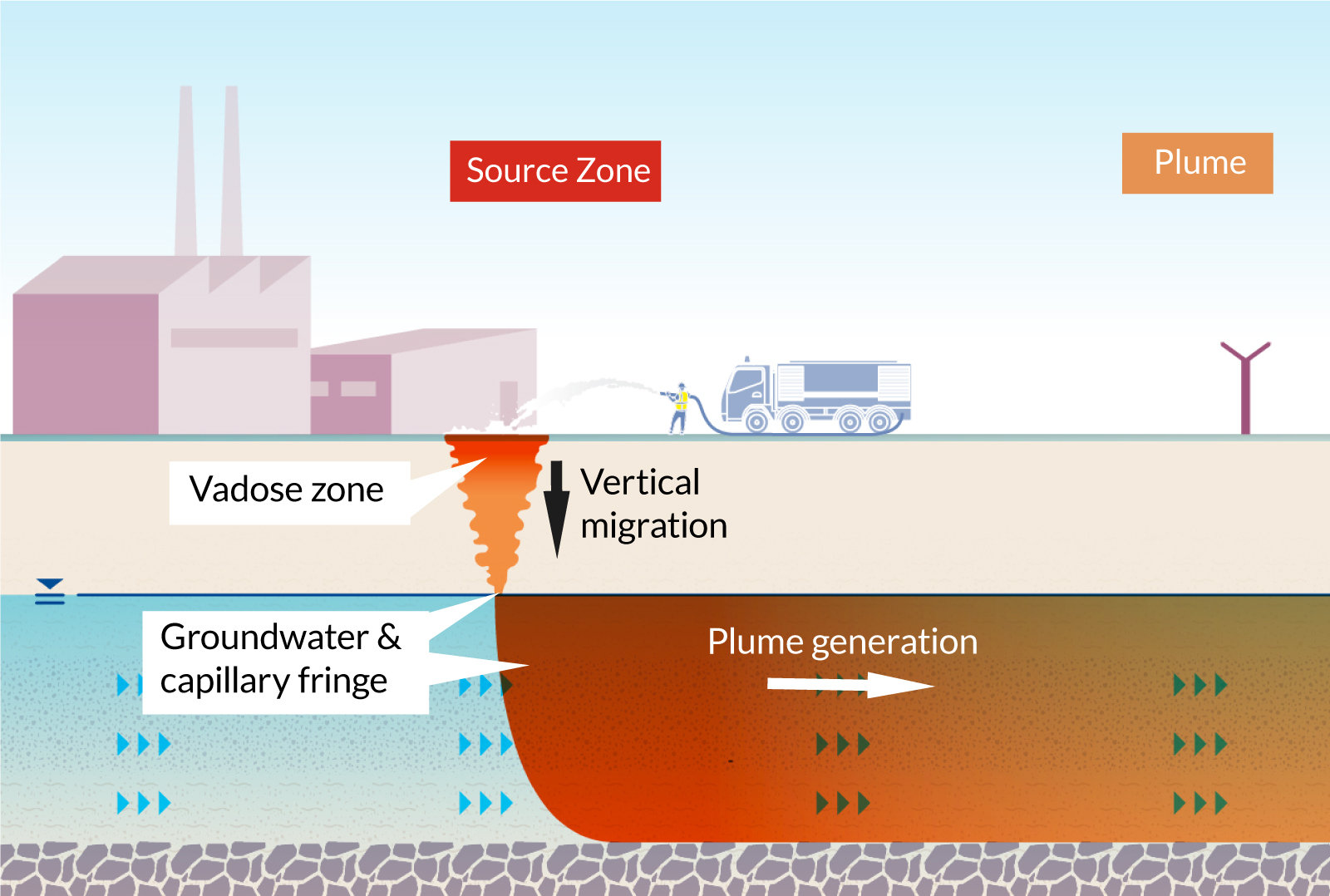The Complete Guide to PFAS Treatment for Environmental Contamination
Wiki Article
Innovative PFAS Therapy Solutions for Safer Water
The boosting occurrence of PFAS contamination in water products necessitates a vital evaluation of cutting-edge treatment remedies. Advanced filtering innovations and unique chemical therapies existing appealing opportunities for reducing these persistent contaminants. In addition, arising bioremediation methods offer an even more lasting approach to dealing with PFAS obstacles. As governing frameworks remain to adjust, recognizing the performance and scalability of these remedies becomes extremely important. What effects do these advancements hold for public wellness and ecological reconstruction, and just how can stakeholders successfully execute them in varied contexts?Introduction of PFAS Contamination
PFAS contamination has actually arised as a considerable ecological and public wellness worry. Per- and polyfluoroalkyl materials (PFAS) are a group of artificial chemicals recognized for their determination in the setting and human body, leading them to be generally described as "for life chemicals." These substances have actually been commonly made use of in various markets, consisting of firefighting foams, water-repellent fabrics, and food product packaging, mainly as a result of their water- and grease-resistant residential properties.The widespread usage of PFAS has caused their detection in dirt, water materials, and even in the blood of people and pets. Research studies have actually connected PFAS exposure to many wellness problems, consisting of developing impacts in babies, immune system dysfunction, and various kinds of cancer cells. In addition, the ecological persistence of these compounds complicates their degradation and elimination, increasing worries concerning lasting environmental effects.
Regulative bodies are increasingly carrying out stringent standards to keep an eye on and reduce PFAS degrees in drinking water and various other environmental tools. As recognition of PFAS contamination expands, it has become essential for areas and sectors to seek efficient treatment remedies to mitigate direct exposure and secure public health.
Advanced Purification Technologies
As the seriousness to resolve PFAS contamination escalates, progressed purification innovations have become a critical element in the remediation efforts focused on removing these persistent chemicals from water resources. These innovations take advantage of innovative systems to properly target and capture PFAS compounds, which are notoriously resistant to standard treatment approaches.One of the most encouraging strategies is making use of granular activated carbon (GAC), which adsorbs PFAS particles because of its high surface and porous framework. This approach has been extensively executed in both metropolitan and industrial settings, demonstrating substantial decreases in PFAS concentrations. In addition, ion exchange resins have actually gotten traction, specifically created to precisely bind PFAS ions from water, hence facilitating their elimination.
Membrane layer filtration technologies, such as reverse osmosis and nanofiltration, additionally show effectiveness in PFAS removal by physically dividing impurities from water - pfas management. These systems can attain high degrees of purity, making them appropriate for drinking water applications
Chemical Treatment Innovations
Numerous chemical treatment innovations are being discovered to successfully address PFAS contamination in water products. One promising technique entails using sophisticated oxidation procedures (AOPs), which make use of effective oxidants such as ozone, hydrogen peroxide, or chlorine dioxide incorporated with UV light to damage down PFAS compounds into less damaging materials. This method has actually demonstrated efficacy in lab settings, showing prospective for scalability in real-world applications.An additional innovative technique is the development of ion-exchange materials specifically made to target PFAS. These resins can selectively adsorb PFAS substances from water, enabling their elimination during treatment processes. Current developments have actually improved the effectiveness and capacity of these resins, making them a positive alternative for water treatment facilities.
In addition, researchers are examining using chemical representatives like persulfate and ferrous ions to enhance the destruction of PFAS in polluted water. These representatives can cause chain reaction that help with the malfunction of consistent PFAS compounds.
Emerging Bioremediation Techniques
Recent improvements in chemical treatment technologies have led the way for discovering bioremediation methods as a feasible option for attending to PFAS contamination. Bioremediation harnesses the all-natural metabolic procedures of microbes to degrade or transform contaminants, making it an enticing technique for taking on consistent contaminants like PFAS.
Emerging strategies in bioremediation include using genetically crafted microbes that can specifically target and damage down PFAS compounds. These microbial pressures are being established for their enhanced deterioration abilities, enhancing the efficiency of the remediation procedure. Additionally, scientists are exploring the possibility of plant-assisted bioremediation, where particular plant types may uptake and sequester PFAS from infected dirt and water.
An additional appealing method is the application of bioaugmentation, which involves presenting helpful bacteria right into polluted atmospheres to improve the destruction of PFAS. This technique can promote faster removal timelines and boost general performance.

Governing Frameworks and Criteria
A detailed regulative structure is vital for properly managing PFAS contamination and making certain public wellness protection. The enhancing recognition of per- and polyfluoroalkyl materials (PFAS) as environmental toxins has actually prompted different federal and state agencies to develop standards that control their existence in water products. The United State Epa (EPA) has developed health and wellness advisories and is pursuing setting enforceable limits for PFAS in drinking water.State-level policies vary substantially, with some states adopting stricter guidelines than those proposed by the EPA. These laws commonly include optimum impurity levels (MCLs) for particular PFAS substances, surveillance needs, and reporting commitments for water utilities. In addition, emerging structures focus on the removal of polluted sites, emphasizing the requirement for effective therapy innovations.

Final Thought
Finally, the development and execution of innovative PFAS therapy solutions are vital for addressing the prevalent concern of water contamination. Advanced filtration modern technologies, chemical treatments, and emerging bioremediation techniques collectively present a multifaceted method to effectively lower and deteriorate PFAS levels. As regulatory structures proceed to evolve, integrating these technologies will certainly be essential to guard public health and wellness and recover the integrity of infected water resources, inevitably contributing to a cleaner and much safer environment.Report this wiki page